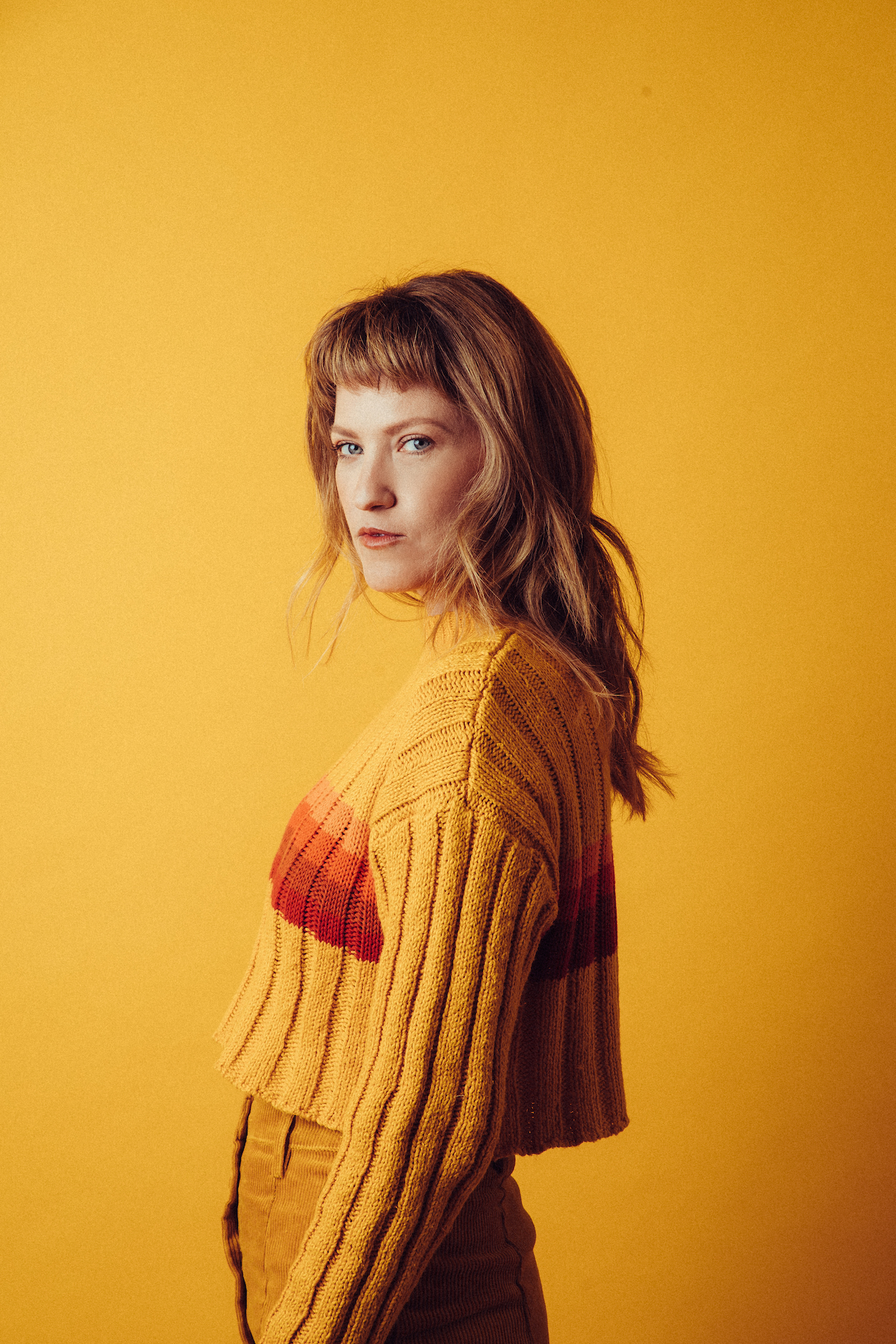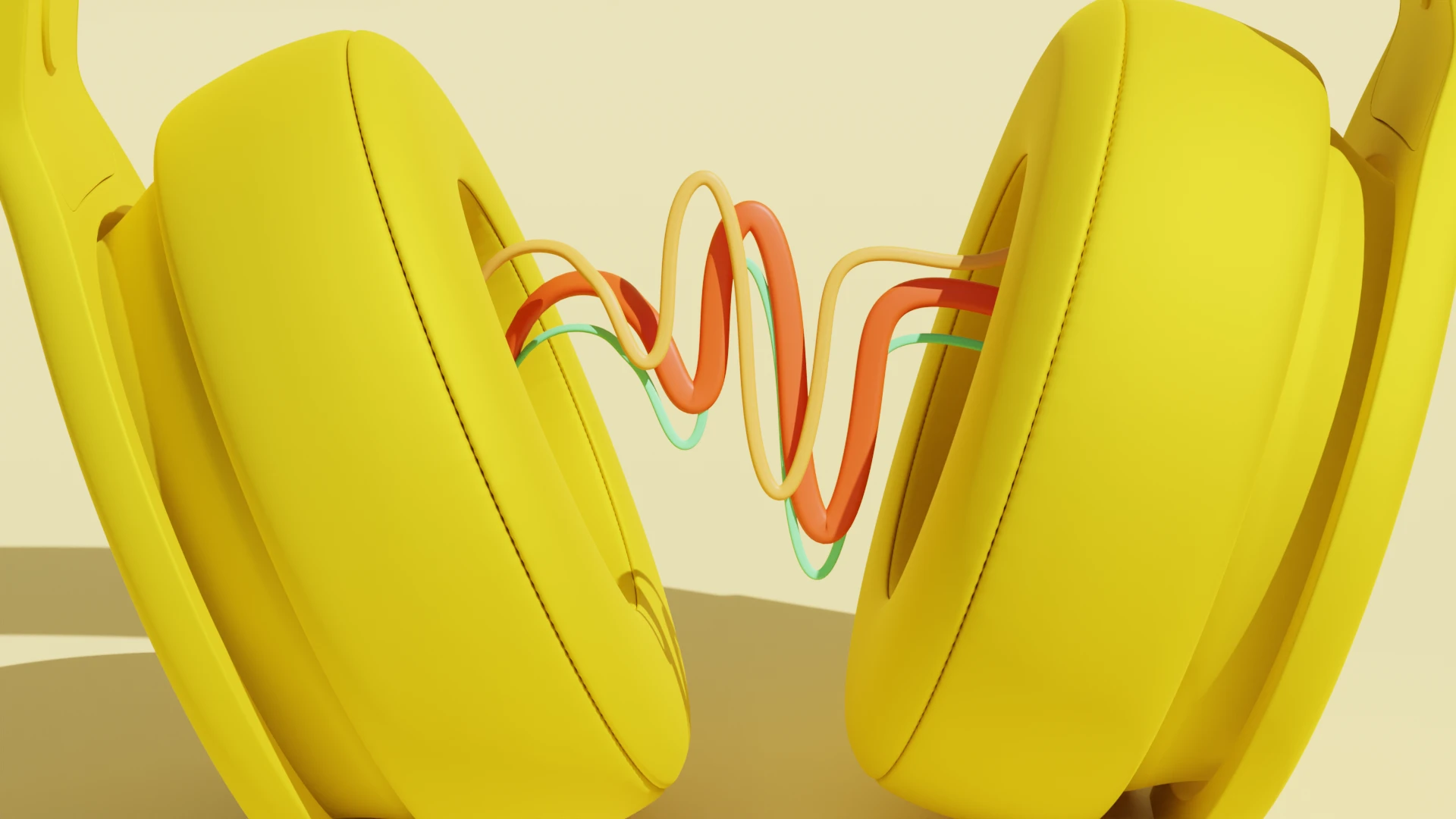What type of content do you primarily create?




Making a podcast involves juggling a lot of moving parts, and that includes sound effects and music. Even if you have the world’s best radio voice, it helps to break things up by adding a few bars of a musical theme or a snappy sound effect every once in a while. While you can splice them in afterward, there are many reasons you may want to play individual sounds during the recording session itself. This is why so many producers use podcast soundboards.
What is a podcast soundboard?
A podcast soundboard is a library of sound clips that can be triggered at a moment’s notice. These clips include both sound effects and music, and a producer can play them at any time with the press of a button. This comes in handy for shows with theme music or recurring sound effects (like a buzzer sound or a simulated phone ringing sound). It also helps you play back clips from pre-recorded interviews.
There was a time when soundboards were physical devices, but today most producers run podcast soundboard software off of a laptop computer. To source their audio tracks, they download high-quality sound clips and load them into the software’s virtual sound effects board. Others use online soundboards where the sound clips are stored in the cloud. This is useful for producers who bounce around from one computer to another and may not have every track downloaded onto every device. The downside to purely online soundboards is that they require a stable internet connection. If your WiFi goes out in the middle of a recording, you might find yourself without your trusty sound effects.
5 benefits of using a podcast soundboard
Using a podcast soundboard can easily streamline your process as a podcast producer. Here are five reasons you may want to use one.
- Producers can react in real-time. With all their sound cues loaded up in advance, podcast producers can become active participants in their show’s recording. As the host pivots to a new topic, the producer can jump right in with an appropriate jingle, sound effect, or dialogue clip that’s custom-tailored to the segment.
- It eliminates the need to search for sound clips mid-recording. One of the great things about podcast soundboard software is that it places all of your most important sound cues at your fingertips. If you prepare in advance for a recording session, you won’t have to go chasing down YouTube clips or archival audio in the middle of a conversation; the cues will already be loaded into your podcast soundboard and you can trigger them with a single keystroke.
- It can be free. While most podcasts producers use paid software, you can also start off with free soundboard software to get your podcast off the ground. Jingle Palette, My Soundboard, Sounder, and CasterSoundboard are a few free options worth trying.
- You have flexibility. A podcast soundboard can play back any kind of sound cue you choose, which means you aren’t limited to pre-recorded files. If you want to compose your own musical cues or create sound effects from field recordings, you can absolutely drop those recordings into your podcast soundboard software and use them alongside any other sound clip.
- It minimizes the need for post-production editing. If you don’t have a soundboard, you can always go back and add in your sound cues after the main recording is finished. But if you insert sound cues and music in real-time as you record, you can cut down on your post-production duties dramatically. Yes, you may have to do some fine-tuning, but the core sounds will already be baked into the podcast recording.
Podcast soundboard vs. podcast mixer: What’s the difference?
If you have a podcast mixer, do you need a podcast soundboard? It depends on your needs, but the key thing to know is that when we refer to podcast recordings, the words “soundboard” and “mixer” mean two different things.
In almost all cases, the word “mixer” refers to an audio interface that lets you balance the audio levels within your recording. Many podcasts feature multiple tracks, with a microphone for every host, plus music, sound effects (such as those from your soundboard), and maybe a pre-recorded interview.
A mixer lets you adjust levels for all of these individual audio tracks. You can tweak their volume, gain, EQ, panning, reverb, and even more, depending upon the mixer. The clips coming from your soundboard would be just one of these tracks that you can adjust and mix into the final product. Some devices, like the Rode Rodecaster Pro, do both: they include a physical soundboard and a mixer in one product.
Soundboard plus editing software: How to make the most of both tools
Both soundboards and editing software play key roles in the podcast production process. Here’s how to use them both to their potential.
- 1. Edit your sound clips in your editing software. If you have sound effects you want to adjust — say, by adding reverb or slowing them down — you just need to load them into your editing software and make the changes. If you want to feature a pre-recorded interview, you can edit the recording to include only the portion that’s important. Using Descript to edit your interview transforms the recorded audio into text on your computer screen, which makes it easy to clip exactly the spot you want to play on your podcast.
- 2. Load up your edited clips. After you’ve edited all your audio tracks to sound just right, just load them into your podcast soundboard. The soundboard software will let you play back any of these tracks either by clicking a mouse or by executing a keystroke.
3. Make your final tweaks in post-production. After you record your podcast — of course, injecting any audio clips you loaded into the soundboard — you can take the whole recording back to your editing software for a final round of tweaking. Once you’ve adjusted levels and made any needed cuts or edits, you’ll be ready to release your podcast to the world.





























%201.svg)






















